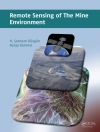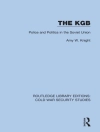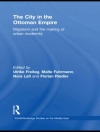Classical Mechanics teaches readers how to solve physics problems; in other words, how to put math and physics together to obtain a numerical or algebraic result and then interpret these results physically. These skills are important and will be needed in more advanced science and engineering courses. However, more important than developing problem-solving skills and physical-interpretation skills, the main purpose of this multi-volume series is to survey the basic concepts of classical mechanics and to provide the reader with a solid understanding of the foundational content knowledge of classical mechanics.
Classical Mechanics: Conservation laws and rotational motion covers the conservation of energy and the conservation of momentum, which are crucial concepts in any physics course. It also introduces the concepts of center-of-mass and rotational motion.
Содержание
Multiplying Vectors by Scalars Multiplying Vectors by Vectors: The Vector “Dot”-Product Work or Energy Work Done by a Non-Constant Force The “Work-Energy Theorem” or the “Law of Conservation of Energy” Linear Momentum The Law of Conservation of Momentum What if an Object’s Mass Changes? The Center-of-Mass Where is the Human Body’s Center-of-Mass? The Moment of Inertia about an Axis of Rotation Multiplying Vectors by Vectors: The Vector “Cross”-Product Representing Vectors “Out of” and “Into” This Book All Vector Operations Torque Angular Displacement Linear-to-Angular Transformations
Об авторе
Gregory A Di Lisi earned his Bachelor of Science degree from Cornell University. He then earned his Master of Science and Doctor of Philosophy degrees from Case Western Reserve University in condensed matter experimental physics. He is currently an associate professor at John Carroll University in University Heights, Ohio, where he has held appointments in two departments: physics and education. As an experimental physicist, he specializes in liquid crystals and complex fluids.












